An EASY Starter Guide to a Whole Food Plant-Based Vegan Diet
Are you considering a shift to a plant-based diet? You’re in the right place! This article,” An EASY Starter Guide to a Whole Food Plant-Based Vegan Diet,” is a go-to resource for making the transition smooth, enjoyable, and packed with health benefits. We’ve curated insights, studies, tips, and tricks from seasoned plant-based enthusiasts to guide you on this exciting journey to improved health and happiness through food.
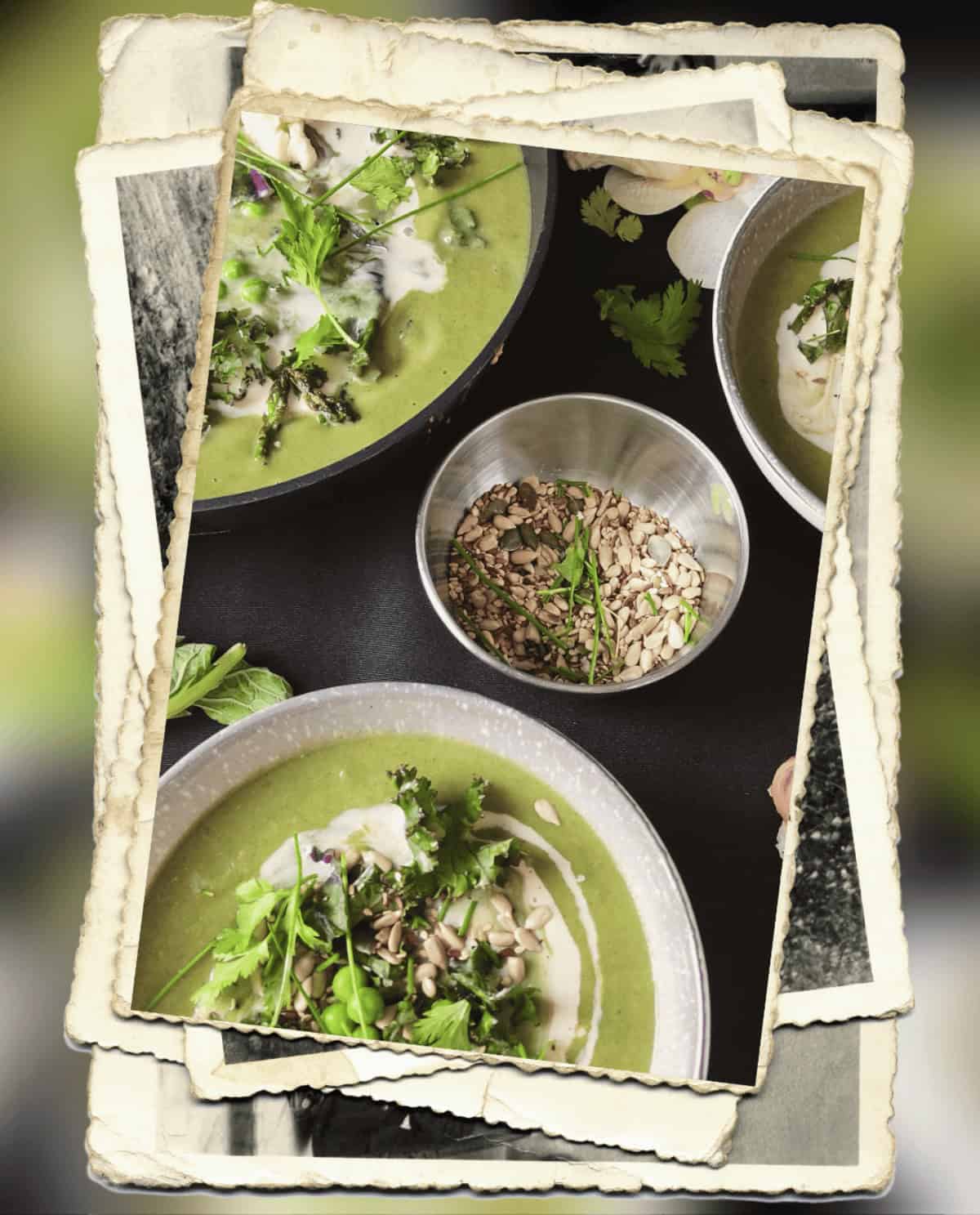
Are you wondering how to kickstart your plant-based journey?
- Begin by cutting out red meats: Then gradually phase out poultry, fish, seafood, dairy, and processed foods. Take your time to avoid slipping back into old habits. Give yourself at least 6 months to a year, or longer if needed, for a complete transition. Start by ditching red meats for a month or two, then move on to poultry over the next 4-6 months. After that, slowly cut out seafood, fish, and eggs. Feeling repulsed by the idea of eating meat at this stage is a sign of progress. I certainly did!
- Dealing with dairy can be tough, especially cheese. Its addictive nature makes it hard to give up, and it is often known as the food of love. However, your taste buds will adjust over time, leading to better health and happiness. Keep this in mind!
- Processed foods are the final hurdle, especially for families. With so many convenient options, it’s easy to stray from your goals. But remember, it`s ok occasionally.
- Consistency is key when adopting a plant-based diet. It`s okay to start by exploring convenient plant-based options at local stores, such as plant-based pizzas, pies, or meat substitutes, until you adapt. If you’re the only one in your home, consider batch-cooking your meals on the weekend for convenience.
- Make vegetables the star of your meals by filling half your plate with colorful produce, and don’t forget to add tasty dips like hummus or guacamole. Experiment with herbs and spices to add flavor; there are hundreds to choose from.
- Shift your perspective on meat by using it as a side dish rather than the main focus. Experiment gradually with vegetarian cooking, incorporating beans, veggies, and whole grains into your meals for a satisfying dining experience.
- Plan by jotting down your favorite plant-based recipes and creating a grocery list to stay on track with your goals. And remember to choose healthy fats, such as olive oil, nuts, and avocados, to support your overall well-being.
Vegan Meal Planning
Simple Daily Plant-Based Menu
Breakfast Options:
Protein Power Banana Smoothie
Chi Berry Oat Crumble
Avocado on toast with dried tomatoes
Old-fashioned porridge with fruit
Morning Snack Options:
One piece of fruit
Green Detox Juice
Lunch Options:
Easy Minestrone Soup
Whole Wheat Pasta and Pesto
A small bowl of Beetroot Hummus with a Lupini bean and caper salad
Afternoon Snack Options:
A piece of fruit
Plant-based sugar-free yoghurt
Dinner Options:
Easy Thai Jackfruit Curry served with brown rice or quinoa
Spanish-style stuffed Eggplants served with a nut salad
Easy Azuki Bean Burgers with salad or boiled vegetables
Chickpea and Vegetable Lasagna
Vegan Lentil Meatballs with rice or quinoa
Evening Snack Options (Optional)
Easy Vegan Chocolate Banana Muffins
Double Chocolate Chickpea Cookies
Why go plant-based?
FOR YOUR HEALTH:
People may choose to go plant-based or vegan for several reasons, including significant health benefits supported by scientific research. Studies published in reputable journals like the “American Journal of Clinical Nutrition” and the “Journal of the American Heart Association” have highlighted how plant-based diets can lower cholesterol levels, reduce blood pressure, and promote heart health.
Research from organizations such as the World Health Organization (WHO) and the American Diabetes Association supports the effectiveness of plant-based eating in managing diabetes and improving insulin sensitivity.
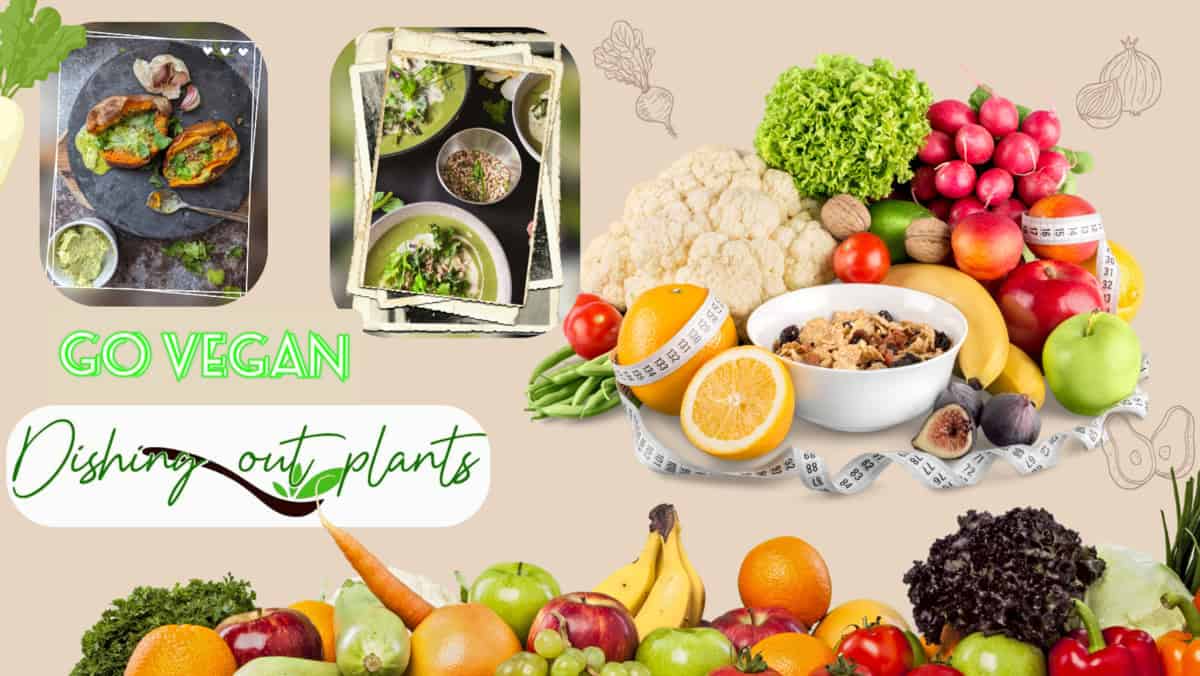
Long-term observational studies like the Adventist Health Study show that individuals following plant-based diets tend to have lower rates of obesity, hypertension, and certain types of cancer compared to those consuming diets high in animal products. These findings underscore the significant impact that dietary choices can have on overall health outcomes.
Whole-Food, Plant-Based (WFPB) Diets vs. Vegan Diets: Understanding the Differences
Whole-food, plant-based (WFPB), and vegan diets prioritize plant-derived foods, but there are key differences.
WFPB diets focus on unprocessed or minimally processed plant foods, prioritizing nutrient-dense whole foods for optimal health. In contrast, while vegan diets exclude all animal products, they may include processed plant-based foods that lack essential nutrients.
Food quality matters; vegan food is not necessarily healthy. According to the American Society of Nutrition, many new plant-based meat and dairy substitutes are stuffed with additives.
Ultimately, by aligning eating habits with the principles of whole-food, plant-based nutrition, individuals can nourish their bodies with essential nutrients and empower themselves to lead healthier, more vibrant lives in a more compassionate world.
Adopting a vegetarian diet
A vegetarian diet excludes meat but not eggs, dairy, or honey. It is often seen as a step towards a healthier lifestyle. While transitioning to vegetarianism is considered positive for heart health and better than eating animal products, it may not offer all the benefits of a well-balanced plant-based diet.
Studies show that plant-based diets tend to be higher in fiber and may provide better protection against cardiovascular disease, as they do not include cholesterol-containing foods like eggs and dairy.
Additionally, dairy consumption has been linked to various health issues such as heart disease, high blood pressure, diabetes, and obesity, as supported by scientific studies according to the National Library of Medicine.
FOR THE ANIMALS:
Choosing a plant-based diet is important for animals because it directly reduces demand for animal products, decreasing the number of animals raised and slaughtered for food.
According to The Animal Welfare Institute, factory farming practices often subject animals to overcrowded and unsanitary conditions, where they suffer physically and emotionally.
By opting for plant-based foods, individuals can help minimize animal suffering and promote the ethical treatment of animals. This compassionate choice aligns with principles of kindness and empathy towards all living beings, fostering a more humane and sustainable food system.
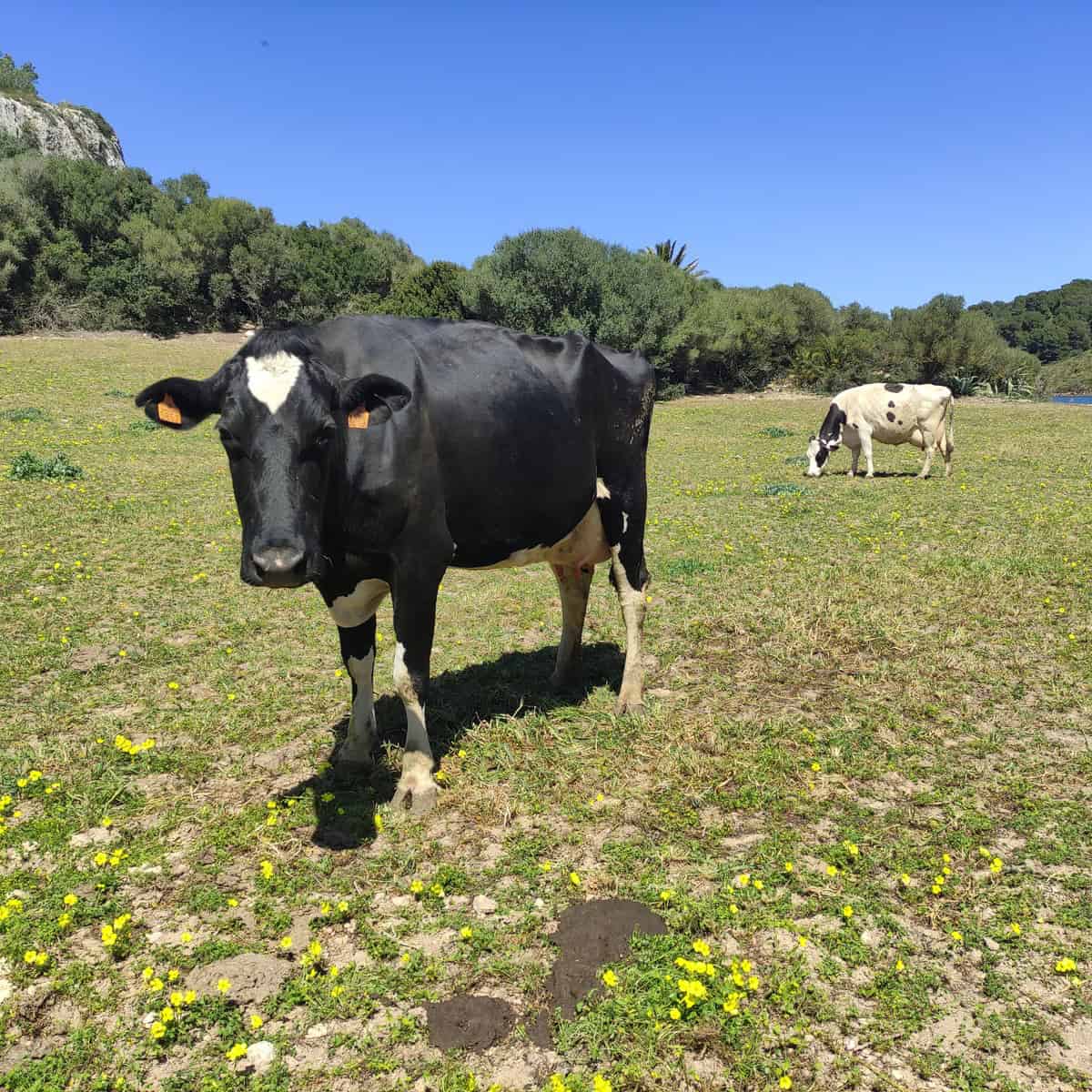
FOR THE PLANET:
According to The Humane League, adopting a plant-based diet is crucial for the planet because it significantly reduces the environmental impact of food production. Animal agriculture contributes to deforestation, greenhouse gas emissions, water pollution, and habitat destruction.
Individuals can mitigate these harmful effects and promote environmental sustainability by shifting towards plant-based foods. Plant-based diets require fewer natural resources, such as land, water, and energy, than diets high in animal products.
This eco-friendly choice helps conserve biodiversity, preserve ecosystems, and combat climate change, making it essential for safeguarding the health and well-being of our planet for future generations

Did you make this recipe? I’d love for you to give it a 5-Star ★★★★★ Rating below, and don’t forget to follow me on Instagram, YouTube, Facebook, Pinterest, and TikTok. Finally, join our community and get recipes straight to your inbox! Never miss a recipe—SUBSCRIBE NOW!
The Six Most Important Food Groups
Fruits:
Nature’s sweet treats are packed with vitamins, minerals, and antioxidants.
Examples:
• Apples, pears, bananas, berries, oranges, lemons, and melons.
• Enjoy fresh, frozen, dried, or blended into smoothies.
Vegetables: Nutritional powerhouses are rich in fiber, vitamins, and minerals.
Examples:
• Leafy greens, cruciferous vegetables, and colorful options like carrots, red and yellow peppers.
• Enjoy these raw in salads, steamed, roasted, air-fried, or incorporate them into various dishes.
Tubers: Starchy root vegetables provide energy and essential nutrients.
Examples:
Potatoes, sweet potatoes, yams, and cassava.
Bake, boil, mash, or roast for satisfying dishes like mashed sweet potatoes or roasted root vegetable medleys.
Whole Grains: Hearty staples offer complex carbohydrates, fiber, and protein.
Examples:
• Quinoa, brown rice, oats, barley, and whole wheat.
• Cooked and served as a side dish, main meal, or base for salads.
Legumes: Versatile plant-based protein sources rich in fiber, vitamins, and minerals.
Examples:
• Beans (black beans, kidney beans, chickpeas), lentils, peas, and soybeans.
• Cooked and added to salads, soups, chili, mashed into dips, or used as a meat substitute.
Nuts and Seeds: Vital for a balanced plant-based diet, packed with essential nutrients.
• Examples:
• Almonds, walnuts, chia seeds, and flaxseeds into meals.
• Enjoy as snacks, in salads, smoothies, or as recipe ingredients. Watch portion sizes for calorie density. Regular inclusion boosts health and enhances meals.
There are some great-tasting recipes here at Dishing Out Plants that you can explore.
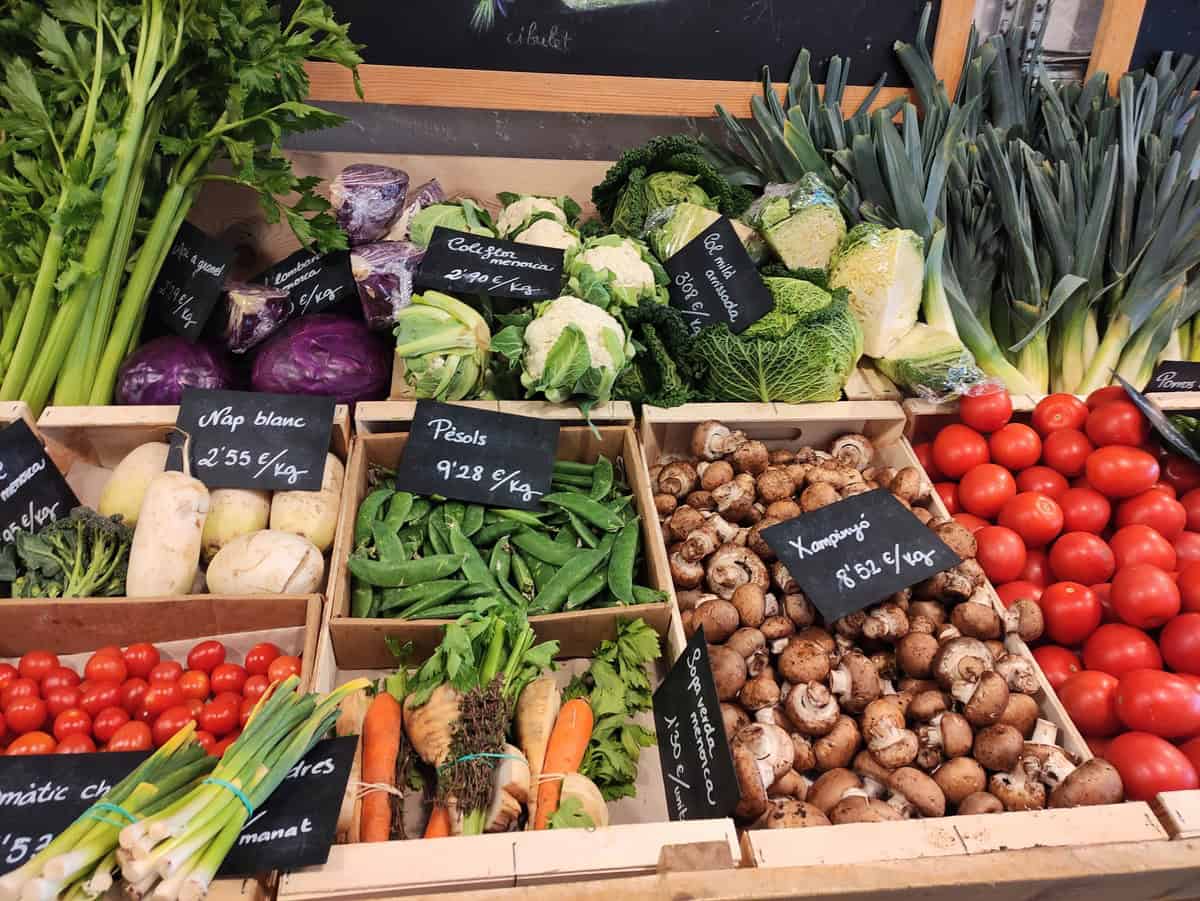
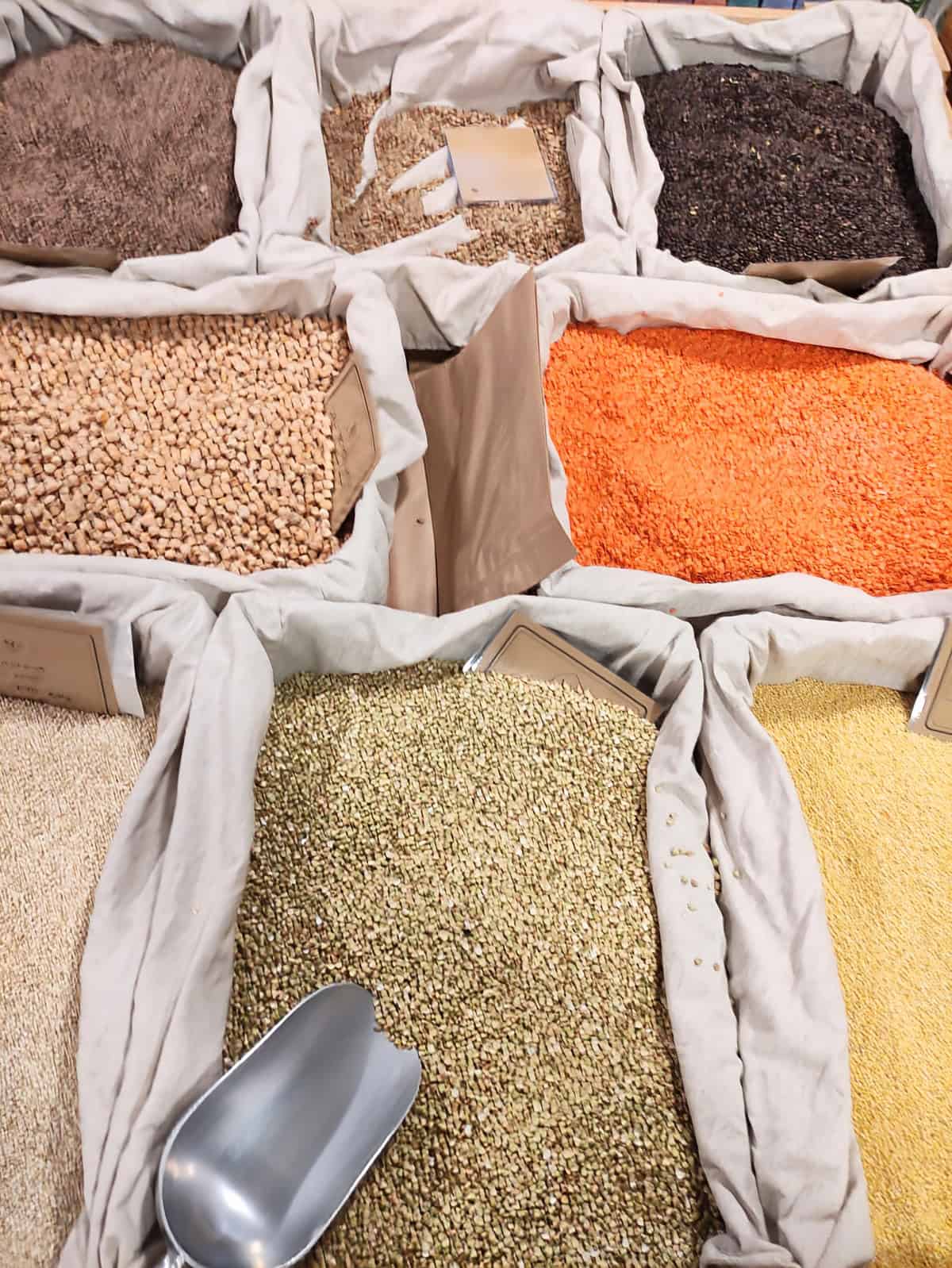
Meeting Your Nutritional Needs with Confidence
Yes, you can attain all vital nutrients through a plant-based diet. By incorporating a diverse range of fruits, vegetables, whole grains, legumes, nuts, and seeds into your meals, you can fulfill your requirements for vitamins, minerals, protein, fiber, and beneficial fats.
Nonetheless, it’s crucial to be mindful of certain nutrients such as vitamin B12, iron, calcium, and omega-3 fatty acids. Ensure to include fortified foods or supplements as necessary to uphold peak health.
Where do vegans get their Protein from?
How many times have we vegans heard this, right?
Surprisingly, we don’t need as much protein as most people think.
First of all, let’s talk protein – that stuff that’s all about muscles, bones, cartilage, skin, and blood. Well, it turns out humans don’t need as much of it as popular culture would have us believe. The Recommended Dietary Allowance for protein is just 0.8 grams per kilogram (2.2 pounds) of body weight.
According to the National Library of Medicine, for some individuals, such as athletes, higher daily protein intake may have potential benefits to preserve muscle mass and strength.
The second thing to know: there’s a bunch of protein-packed legumes, beans, veggies, and grains out there.
Whip up a simple meal, one cup of quinoa (8 grams of protein), half a cup of cooked black beans (8 grams), and two cups of cooked broccoli (5 grams), and you’ve got yourself 21 grams of protein – almost half your daily protein needs for a 130-pound body. And if you’re still worried about not getting enough, just toss a scoop of vegan protein powder into your smoothie. Easy peasy!
Getting Enough Protein
• Adding protein powders to smoothies.
• Use all kinds of beans with your pasta and rice dishes.
• Including lots of lentils, lupini beans, and other legumes in soups and salads.
• Make protein spreads like hummus as a snack with crackers or salad.
• Putting nuts and seeds into your salads.
• Eating quinoa regularly, as it contains all nine essential amino acids.
• Occasionally have soy products like tofu or tempeh, and organic, sugar-free soy milk.
What is meant by Eating Food that the Earth gave us
Eating food that the earth gave us means embracing the natural, wholesome foods that come directly from the earth, without heavy processing. This includes a variety of plant-based foods such as beans and legumes like peanuts and soy, which are rich in protein and fiber. Nuts and seeds, such as walnuts, almonds, pistachios, and sesame, provide healthy fats and essential nutrients.
Enjoying fruits like berries, peaches, plums, apples, pears, citrus, and tropical varieties such as pineapples and bananas adds natural sweetness and vital vitamins to your diet.
Grains like rice, oats, quinoa, barley, and wheat offer a hearty meal base, full of energy-sustaining carbohydrates and essential minerals. These foods not only nourish your body but also connect you to the natural world, promoting a balanced, health-conscious lifestyle
Is Soy a Natural Plant-Based Food?
Absolutely! Soy (see article) is a natural plant-based food that has been cultivated for thousands of years. It’s a versatile and nutritious legume that plays a significant role in many diets, especially plant-based ones. Soy is rich in protein, making it an excellent meat substitute. Whether in the form of tofu, tempeh, soy milk, or edamame, soy is a great example of a wholesome, earth-given food that can help you maintain a balanced and nutritious diet.
It’s All About Balance
Remember, it’s all about balance. It’s okay to treat yourself to your favorite foods like pizza, chocolate, or chips. The key is to enjoy these without going back to animal products. Treating yourself occasionally is perfectly fine—just keep in mind that it’s the overall balance that matters most on your plant-based journey.
Stay Strong and Keep Going
Believing in yourself is key to making vegan living a natural part of your life. There’s always a greater reason to stay committed to your choice than to turn back. If challenges arise with friends or family, don’t lose hope; there are many resources out there that offer guidance. Plus, there’s a vast network of vegan communities, both online and offline, that you can join for support.
Reflect on Your Why
Constantly remind yourself why you chose the vegan path and the benefits you’ve experienced. Transitioning to veganism might be smoother than you anticipated, but if you ever find it overwhelming, take a moment to breathe and reassess. Reading insightful books or watching uplifting videos about veganism can keep you inspired.
Enjoy the Learning Journey
Understand that adopting a vegan lifestyle is a process of continuous learning. Living vegan in a predominantly non-vegan world requires both bravery and an open mind. Although veganism has existed since 1944, it’s still unfamiliar to many.
Give yourself time to explore the different facets of veganism, and remember to celebrate your progress along the way. If you fancy that plant-based cream cake or ice cream, treat yourself!
Reach Out for Support
“Where can I find vegan treats?” “How do I bake without traditional pantry ingredients?” “I’m struggling to discuss veganism with my family!” These are common concerns and questions you might want to ask, but you’re not alone. The website is packed with resources and answers to these and many other questions.
Connecting with other vegans can make your journey easier—social media platforms like Facebook groups or Instagram are great places to find supportive communities and delicious recipes. Watching documentaries and reading books will remind you of the reason you decided on this journey in the first place.
Recommended Books and Documentaries
This post may contain affiliate links, such as those to Amazon. We receive a small commission for purchases made through these links. We appreciate your support! See disclaimer
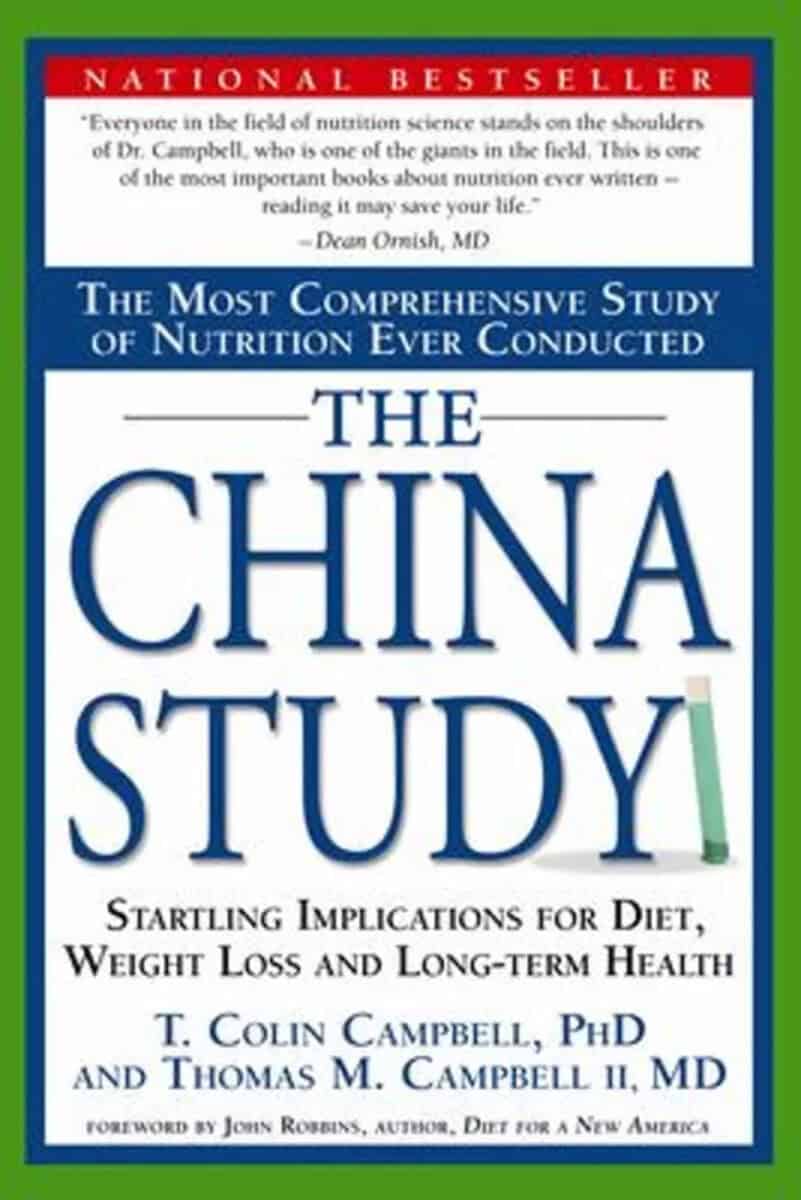
After reading Dr. T. Colin Campbell’s work, it’s clear why he’s been a leader in nutrition research for over 40 years.
His groundbreaking China Project, detailed in The China Study, reveals how a whole-food, plant-based diet can drastically lower the risk of diseases like heart disease, cancer, and diabetes.
The book delivers compelling evidence for how plant-based eating improves health.
Get this book from Amazon
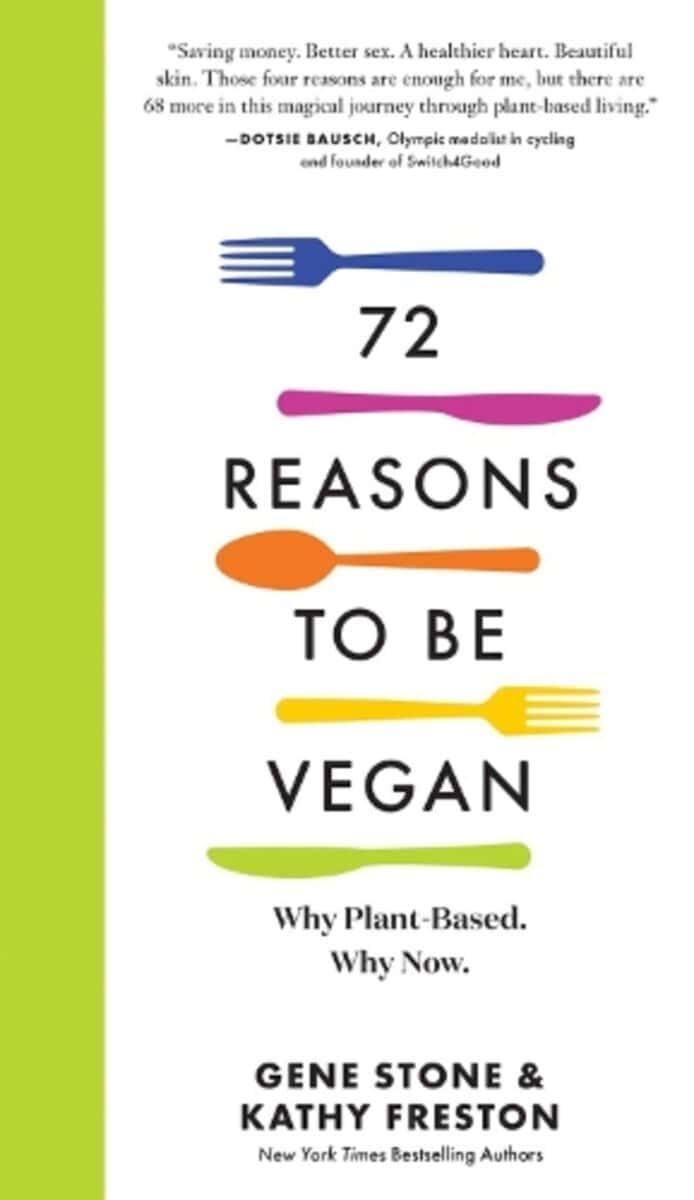
72 Reasons to Be Vegan is a fun and persuasive guide to the many benefits of adopting a plant-based lifestyle, from better health and glowing skin to saving money and enjoying better sex.
The book highlights the advantages of going vegan. With 72 compelling reasons, it focuses on what you gain rather than what you give up, like reducing the risk of diseases, enjoying delicious food, helping the planet, and joining an impressive list of vegan icons.
Get this book from Amazon
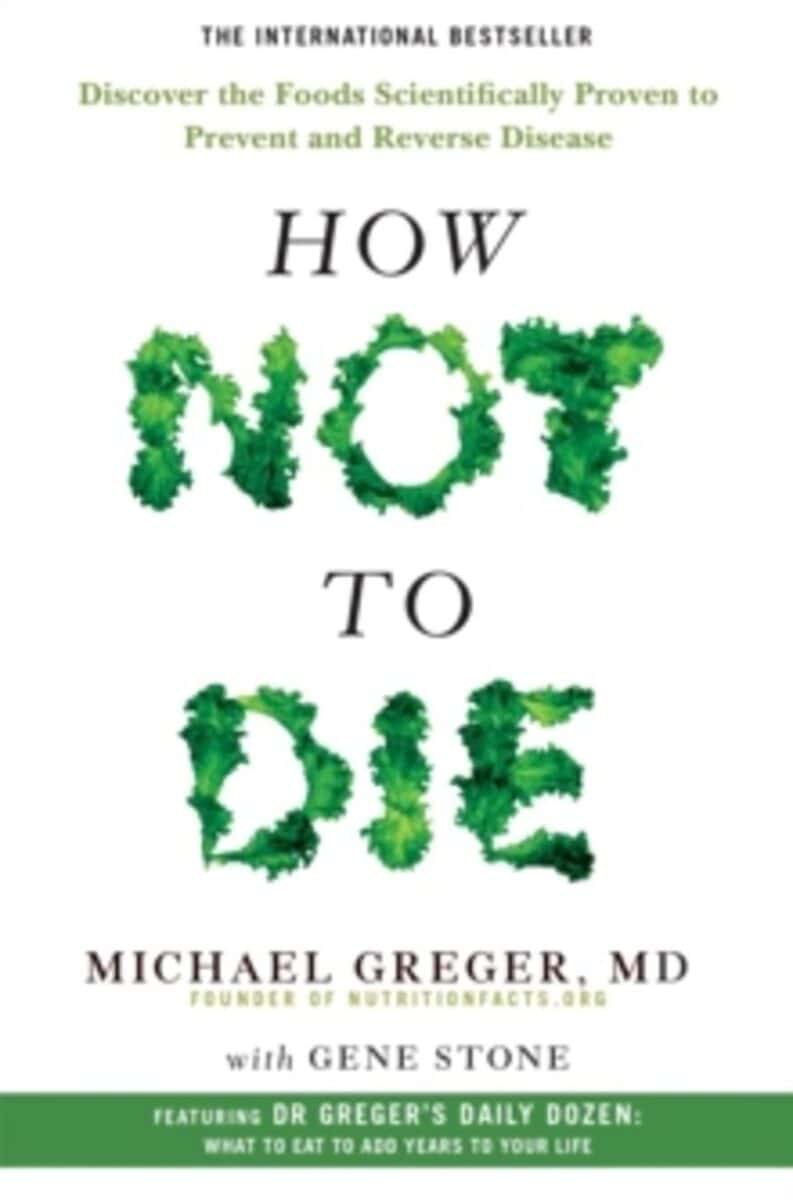
In How Not to Die, Dr. Michael Greger, a renowned nutrition expert, explores the fifteen leading causes of death in America, such as heart disease, cancer, and diabetes. He reveals how, backed by rigorous scientific evidence, dietary and lifestyle changes can sometimes be more effective than pharmaceuticals in preventing and reversing these diseases.
For instance, he suggests replacing milk with flaxseed to lower prostate cancer risk, drinking hibiscus tea to manage high blood pressure, and consuming soy for better breast cancer survival.
Get this book from Amazon
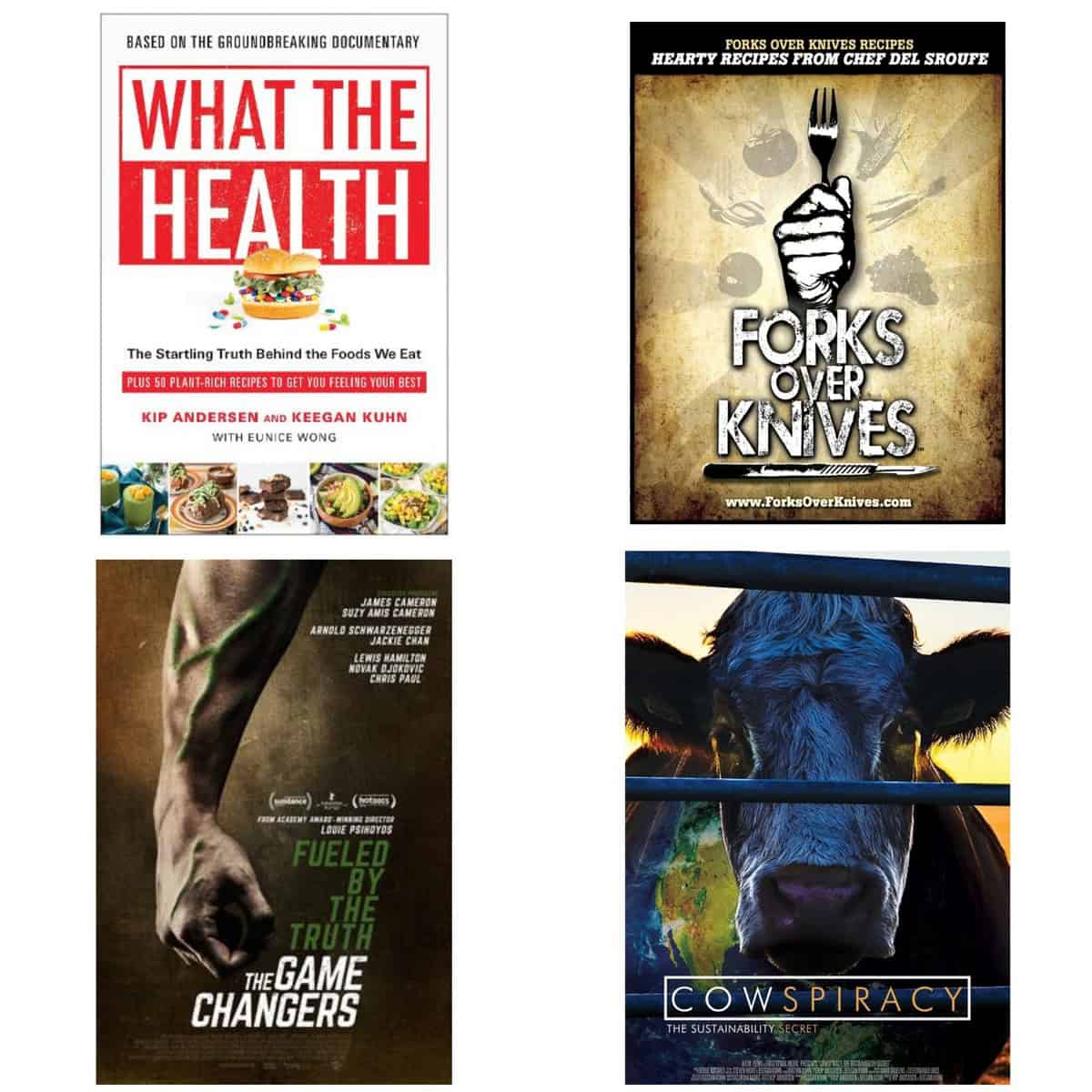
Four compelling documentaries that will undoubtedly challenge your perspective on meat consumption or open your eyes to new insights.
Watch WHAT THE HEALTH full documentary FOR FREE on YouTube; the remaining videos are on Netflix.
FAQ`S
Vegans eat plant-based foods, including fruits, vegetables, grains, nuts, seeds, and legumes, while avoiding all animal products like meat, dairy, eggs, and honey.
Vegans can be healthier if they maintain a balanced diet, as vegan diets are often high in fiber and low in saturated fats, but it depends on the individual’s overall nutrition.
Vegan burgers can be healthy if they are made from whole food ingredients, but some processed options may be high in sodium and additives.
Vegan protein powders can be healthy, especially if they are made from natural, minimally processed ingredients and contain no harmful additives.
Some vegan cheeses melt, but the melting quality varies depending on the brand and ingredients used.
Vegan collagen supplements can support skin health, but they are often made from plant-based ingredients that aim to boost the body’s natural collagen production rather than providing collagen directly.
Yes, many vegan yogurts contain probiotics, similar to traditional dairy-based yogurts.
While vegans typically have lower cholesterol levels due to their diet, they can still have high cholesterol if they consume a lot of processed foods high in unhealthy fats.
Don’t forget to subscribe below to get access to more wellness articles and delicious recipes







